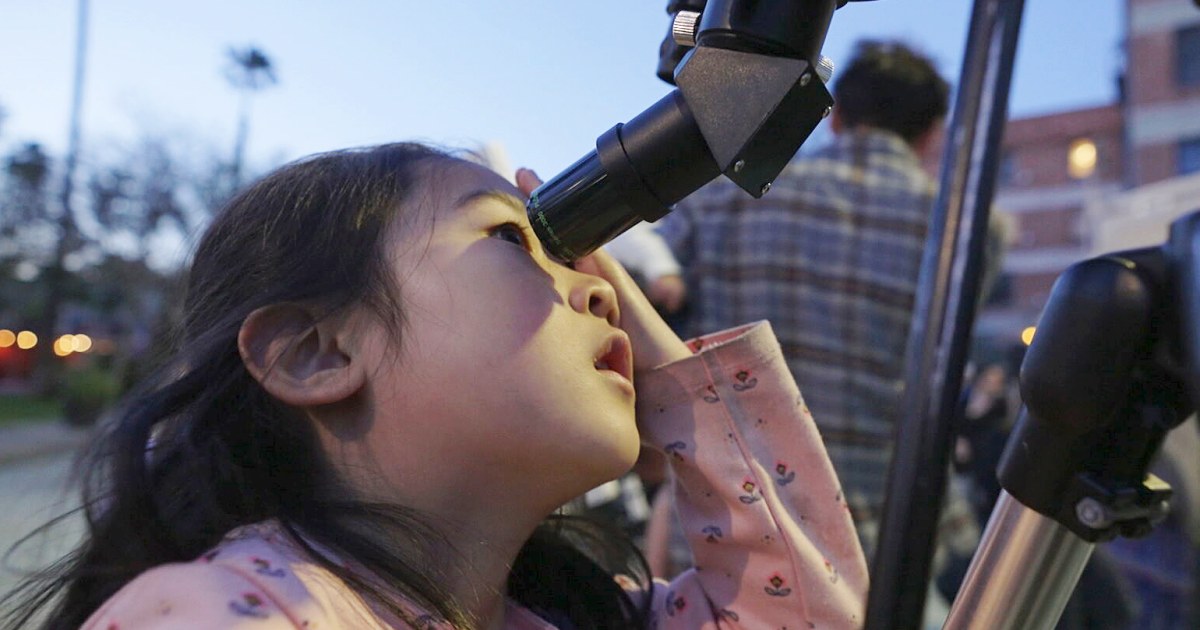
Sun-synchronous Orbit
Sun-synchronous orbit is a type of polar orbit that is synchronized with the sun. This means that the satellite passes over any given point on the Earth's surface at the same local solar time on each orbit. The orbit is designed so that the angle between the satellite and the sun remains constant throughout the year, which allows for consistent lighting conditions for imaging and remote sensing applications. Sun-synchronous orbits are commonly used for Earth observation satellites, such as those used for weather forecasting, climate monitoring, and land use mapping.
Your Previous Searches
Random Picks
- New Technologies: New Technologies refer to the latest advancements in the field of space and astronautical engineering that have the potential to revolutionize the way we explore and utilize space. These technologies include but are not limited to propulsio ... Read More >>
- Simulation Analysis: Simulation analysis is the process of creating a computer model of a system or process, and using that model to predict how the system or process will behave under different conditions. In the context of space and astronautical engineering, ... Read More >>
- Integrated Circuits: Integrated circuits (ICs) are miniaturized electronic circuits that are composed of active and passive components, such as transistors, diodes, resistors, and capacitors, that are fabricated on a single piece of semiconductor material, typi ... Read More >>
Top News

Easter's date remains divisive. Some church leaders want that to change...
Eastern and Western churches will celebrate Easter on the same day this year, while marking 1,700 years since the Council of Nicaea unified Christian doctrine...
News Source: ABC News on 2025-04-19

In a city of stars, Los Angeles astronomy club makes sure to keep looking up...
LOS ANGELES — While Los Angeles is home to the biggest stars in the world, a monthly get-together is proving that the city’s rich and famous have nothing on the universe....
News Source: NBC News on 2025-04-18

This week on "Sunday Morning" (April 20)...
A look at the features for this week's broadcast of the Emmy-winning program, hosted by Jane Pauley....
News Source: CBS News on 2025-04-17

Scientists detect strongest hints yet of life on a distant planet...
Scientists have detected unique chemical patterns similar to those produced by the Earth's algae and seaweed — raising the possibility of the presence of a warm ocean, perhaps teeming with life, on ...
News Source: NBC News on 2025-04-17

Is there life on another planet? Scientists find the strongest evidence yet...
Near a planet far, far away astronomers have found traces of chemicals that on Earth are only produced by living beings....
News Source: Al Jazeera English on 2025-04-17